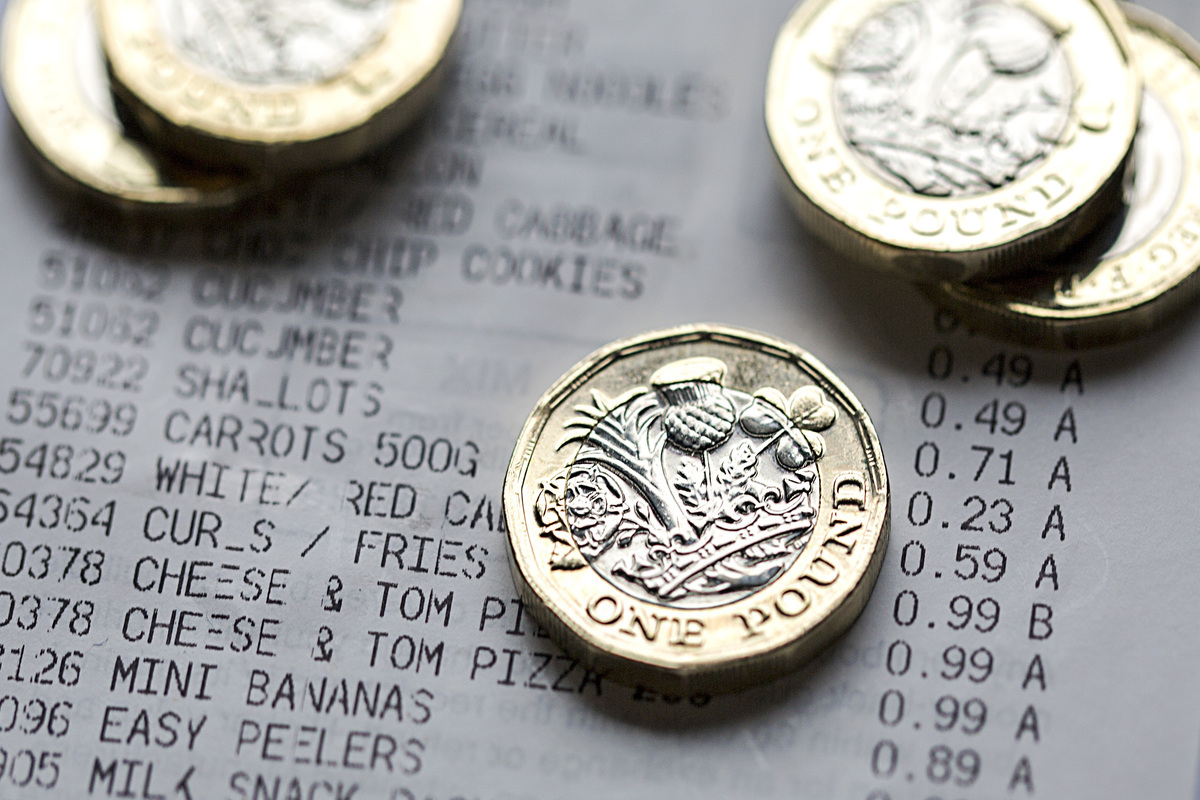Dear visitor,
You're reading 1 of your 3 free news articles this quarter
Register with us for free to get unlimited news, dedicated newsletters, and access to 5 exclusive Premium articles designed to help you stay in the know.
Join the UK's leading credit and lending community in less than 60 seconds.
Grocery price inflation hits lowest level since 2022
Like-for-like grocery price inflation dropped to its level since 2022 and now sits at 16.5%, according to new figures from Kantar.

Senior Journalist, covering the Credit Strategy and Turnaround, Restructuring & Insolvency News brands.
Based on the four weeks to 11 June, while this is the lowest rate of inflation in 2023, it’s still the sixth highest monthly figure in the past 15 years. However, price rises are now being compared to the increasing rate of grocery inflation seen last summer, meaning it should continue to fall in the coming months.
British take-home grocery sales, meanwhile, rose by 10.8% over the month in comparison with the same period last year.
Kantar’s research also found that, of the top five financial worries that consumers have, rising grocery prices is the only one they’re more concerned about now than at the start of the year – with nearly 70% of households either extremely or very worried about food and drink inflation, compared to just over two thirds when asked the same question in January.
Additionally, it remains the second most significant concern – narrowly behind rising energy bills.
To offset the impact of inflation, many shoppers are switching to cheaper own label lines – with spending on value ranges increasing by 41% when compared to last year. Retailers have responded to this by expanding their offerings to meet demand – helping the value tier to become the fastest growing segment part of the market every month since June 2022.
Stay up-to-date with the latest articles from the Credit Strategy team
Get the latest industry news





